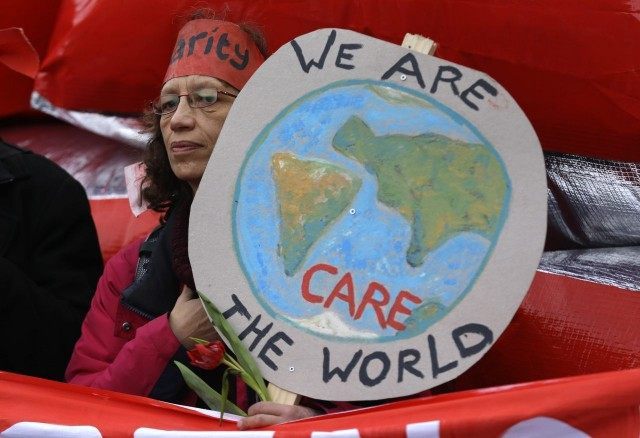In the latest chapter in the ongoing crusade against manmade global warming, alarmists have blamed climate change for the creation of “ghost forests” along the U.S. Atlantic seaboard.
“I think ghost forests are the most obvious indicator of climate change anywhere on the Eastern coast of the U.S.,” said Matthew Kirwan, a professor at Virginia Institute of Marine Science who studies ghost forests. “It was dry, usable land 50 years ago; now it’s marshes with dead stumps and dead trees.”
Although the process has “occurred naturally for thousands of years,” some say it has accelerated in recent decades due to polar ice melts and rising sea levels, which would push salt water further inland, killing trees in the process.
In past months, “global warming” has been blamed for everything from the death of migratory songbirds to the decimation of herds of reindeer to a slump in South American coffee production to a drop in the population of Hawaiian monk seals and even — remarkably — to colder winters.
Yet as the World Meteorological Organization (WMO) has noted, many of the recent climatological events and trends “can be explained by the natural variability of the climate system,” without excluding an indeterminate influence from atmospheric concentrations of greenhouse gases. In the same report, the WMO said that, at this time, researchers have not yet been able to ascertain “the respective roles being played by climate variability and human-induced climate change.”
Many climate scientists have acknowledged the practical impossibility of correlating a specific meteorological or environmental phenomenon to “global warming.”
As Nature magazine explained in 2012, “climate attribution” — the attempt to link singular weather events to manmade global warming — “rests on a comparison of the probability of an observed weather event in the real world with that of the ‘same’ event in a hypothetical world without global warming.” As critics have observed, such attribution claims “are unjustifiably speculative, basically unverifiable and better not made at all.”
The editors of the journal concluded: “Better models are needed before exceptional events can be reliably linked to global warming.”
According to an AP report, “scientists agree the startling sight of dead trees in once-healthy areas is an easy-to-grasp example of the consequences of climate change.”
While such climate attribution may be “easy to grasp” and therefore politically useful, it is also fundamentally dishonest.
Follow Thomas D. Williams on Twitter Follow @tdwilliamsrome

COMMENTS
Please let us know if you're having issues with commenting.